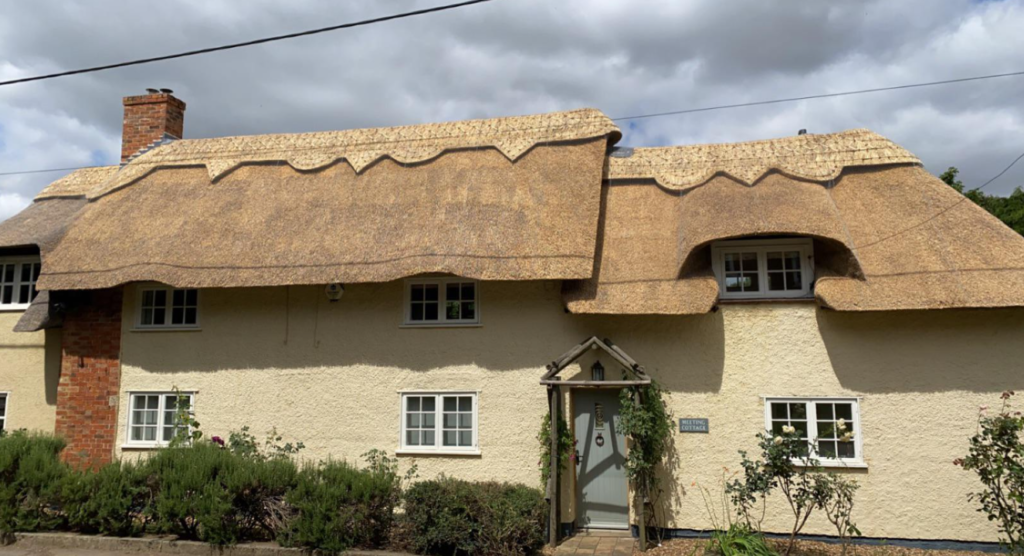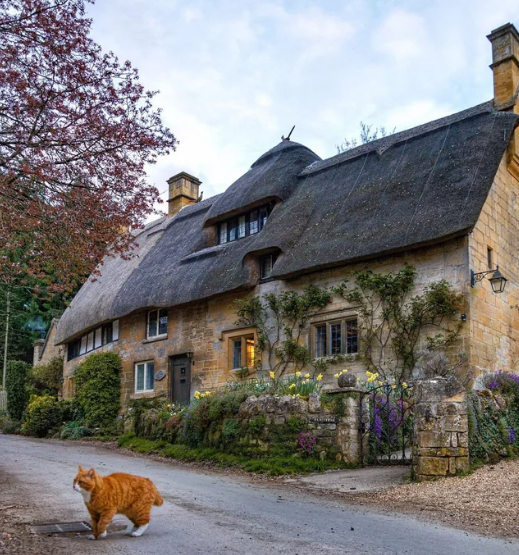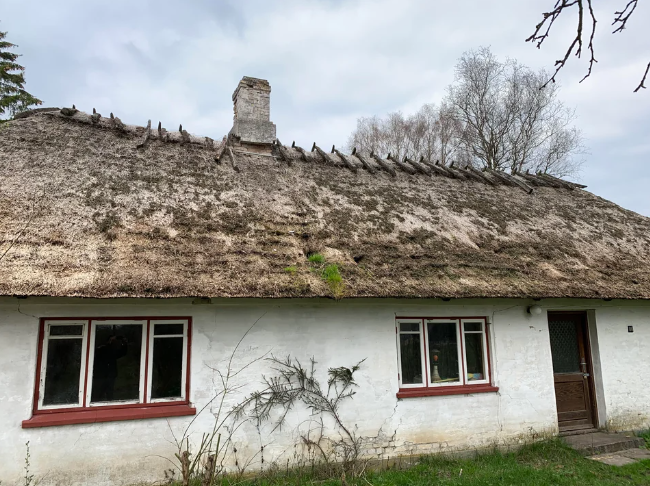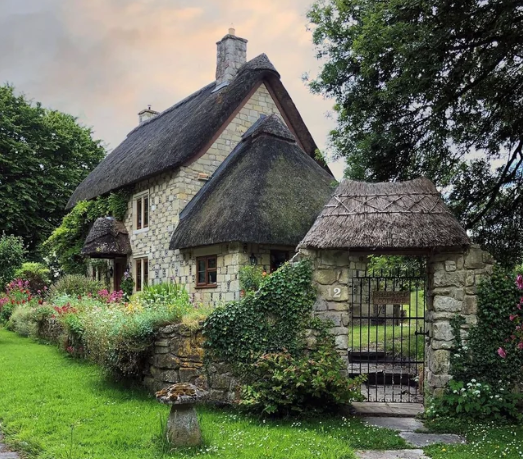What Are Thatched Roof
Thatched roofs have been roofing choices for centuries. They bring a rustic aesthetic charm and a timeless appeal to the structure. They not only provide a unique aesthetic to the structure but also have been proven to be durable in nature. They are traditionally made from straw, reed, or other natural materials.
In this article let us explore the factors that contribute to the durability of thatched roofs and dive deep into the techniques and materials that can maximize their lifespan.
Materials Used In Making Thatched Roofs
Straw, Reed, and Other Materials
Thatched roofs are traditionally constructed using materials such as straw, reed, heather, or water reed. Each of the materials used have its own set of characteristics which affects the thatched roof’s lifespan. For example Straw is one of the popular choices for thatched roof making due to its easy availability and cost-effectiveness. Water reed on the other hand tends to outlast normal straw, providing a longer-lasting roofing solution.
Treatment and Preservation
Proper treatment and preservation of thatching materials directly impacts its durability. Techniques such as fire retardant treatments and water-resistant coatings help protect thatch from the harsh climatic conditions, prevent decay or moss formation, ensuring a longer lifespan.
Also Read: 6 Different Roof Types And How To Decide On The Right One
The Art of Thatching – Techniques
Thatching Techniques
Thatching is an ancient craft that requires skill and precision. Mastering the skill of constructing a thatched roof with precision could take years.The thatching technique used plays a crucial role in determining the roof’s longevity. Whether using the traditional ‘longstraw’ method or the more modern ‘combed wheat reed’ technique, the craftsmanship of the thatcher is of prime importance.
Roof Pitch and Design
The pitch and design of a thatched roof is not only to serve the aesthetic purpose but also takes into consideration the practicality aspect. A steeper pitch allows for better water runoff, reducing the risk of water damage like rotting and decay. The design of the roof must include features like ridges and eaves which also play an important role in its longevity.
Also Read: Roofing for All Seasons: Solutions to Handle Summer Heat and Winter Snow
Environmental Factors Affecting The Durability Of Thatched Roofs
Weather Resistance
Thatched roofs are exposed to the elements, making them susceptible to weather-related wear and tear. Exploring how different thatching materials and treatments work in favor of us against rain, wind, and sunlight, according to your specific location.
Pest Prevention
Insects and birds are natural inhabitants of thatched roofs, posing potential threats to the longevity of the thatched roofs. Looking into all the preventative measures such as pesticides, insect-resistant treatments and proper maintenance to eliminate such pest problems. Understanding the balance between preserving the roof and maintaining a healthy ecosystem within it is crucial.
Also Read: Common Roof Damage and Why You Shouldn’t Ignore It
The Key To A Long-Lasting Thatched Roof
Regular Inspections
Routine inspections are essential for identifying early signs of any kind of problem that can be caused by external factors like climate and environmental factors or internal factors like lack of proper preventative measures taken, low quality materials amongst others and addressing them at priority. Setting up a comprehensive maintenance schedule that includes checking for damages on the thatch, addressing structural issues, and inspecting the roof’s interior for potential problems that may arise in the future if not taken care before hand.
Thatch Repairs
When damages are found, it’s important to act swiftly and take appropriate steps to ensure repairs are done right to prevent further deterioration. The common issues such as thatch decay, water damage, and pest infestations should be attended to at first sight with no delays. Effective repair methods and the importance of hiring experienced thatchers for the job should be taken into consideration.
Enhancing Longevity Of The Thatched Roof In Today’s Time
Synthetic Thatching Materials
As technology advances, synthetic thatching materials have gained popularity as an alternative to the traditional thatched roofing techniques and methods.
Advanced Coating Technologies
Innovations in coating technologies have introduced new possibilities for enhancing the lifespan of thatched roofs. The latest advancements in coatings, such as nanotechnology-based solutions and UV-resistant treatments, and their impact on prolonging the life of thatched roofs have brought about a new and a very needed addition to the roofing technique .
Also Read: Maximizing Your Roof’s Lifespan: Expert Maintenance Tips
Conclusion
To sum it up, the longevity of a thatched roof is a result of a delicate balance between craftsmanship, materials, environmental factors, and proactive maintenance. While traditional thatching methods continue to stand the test of time, modern innovations offer exciting possibilities for the future of thatched roofing that also adds to the aesthetic of the structure.




